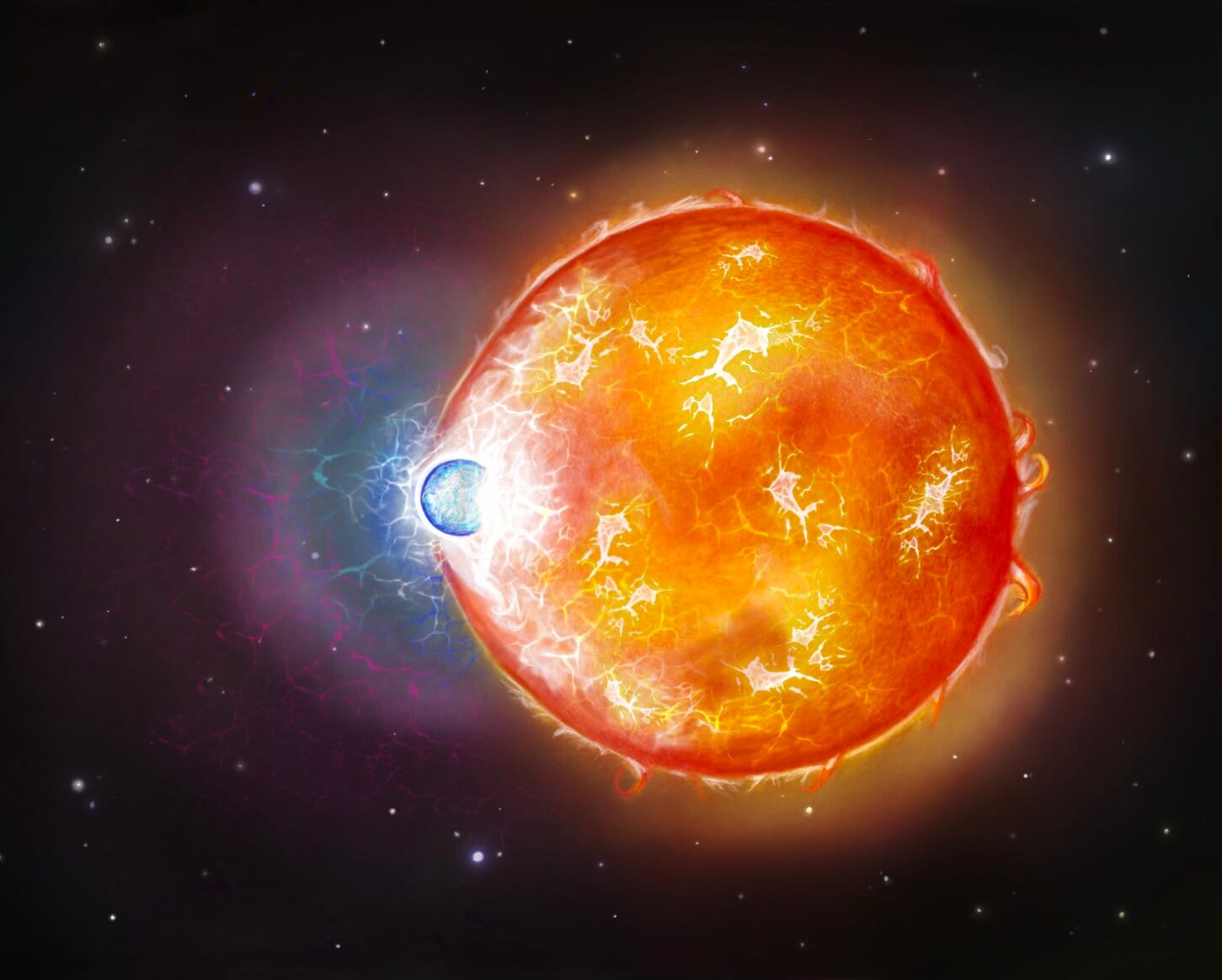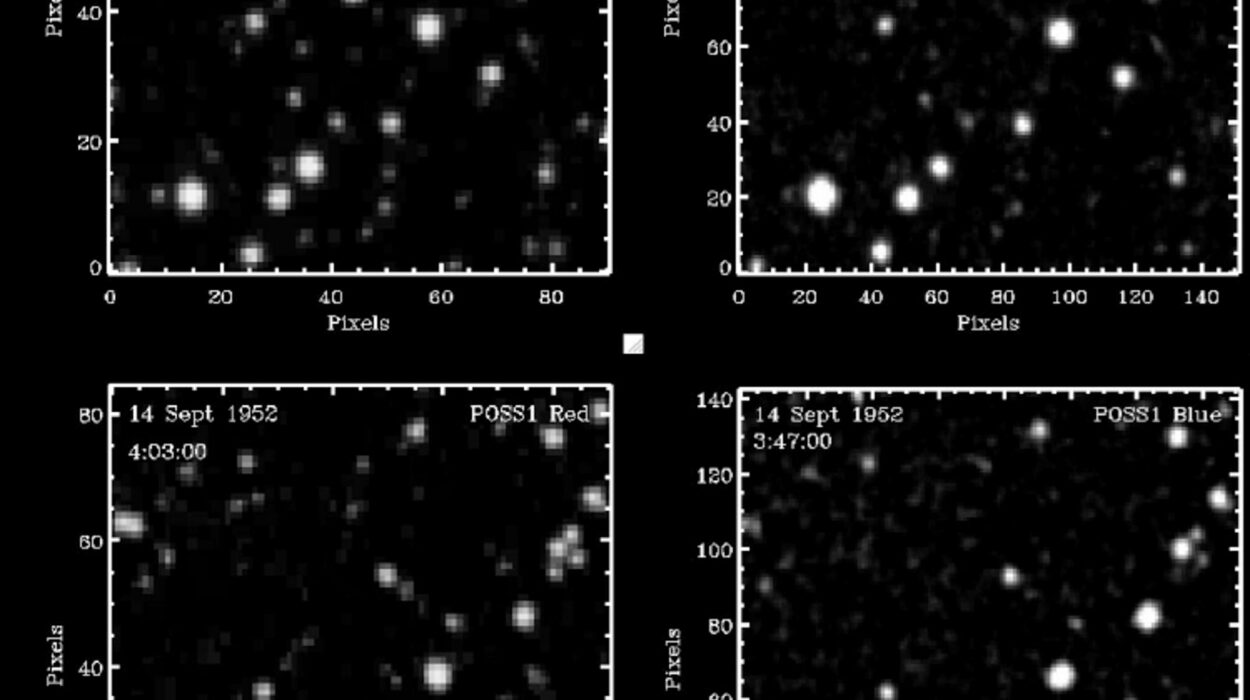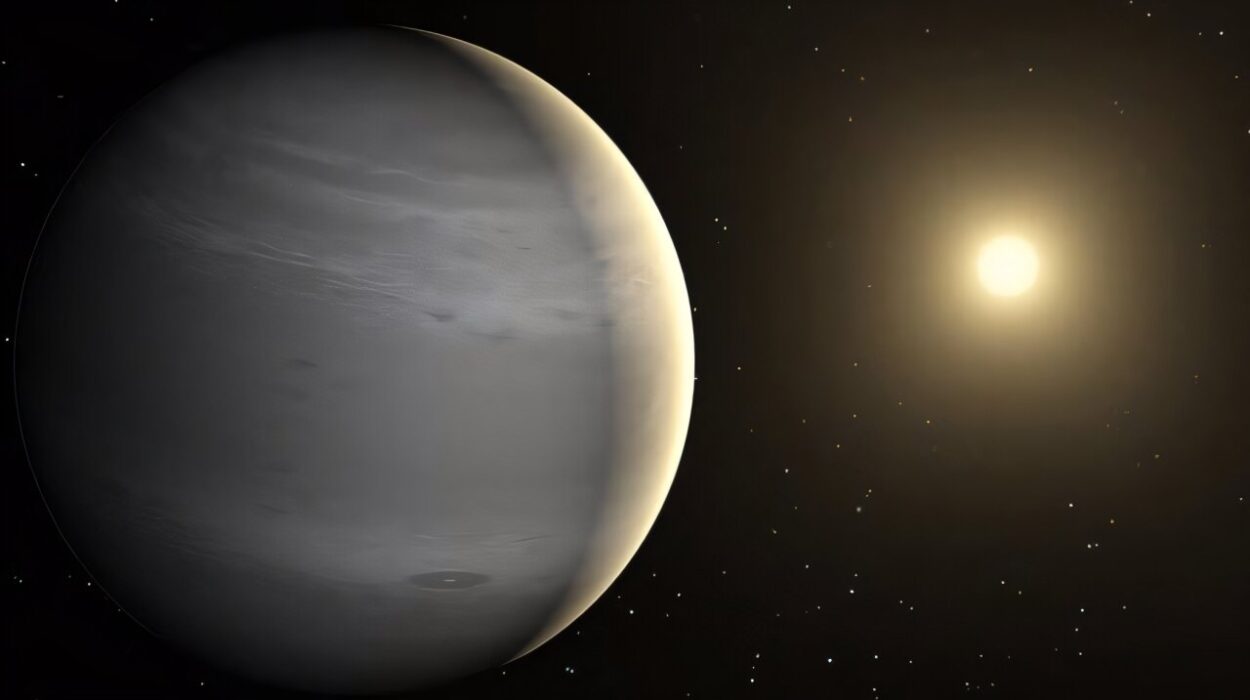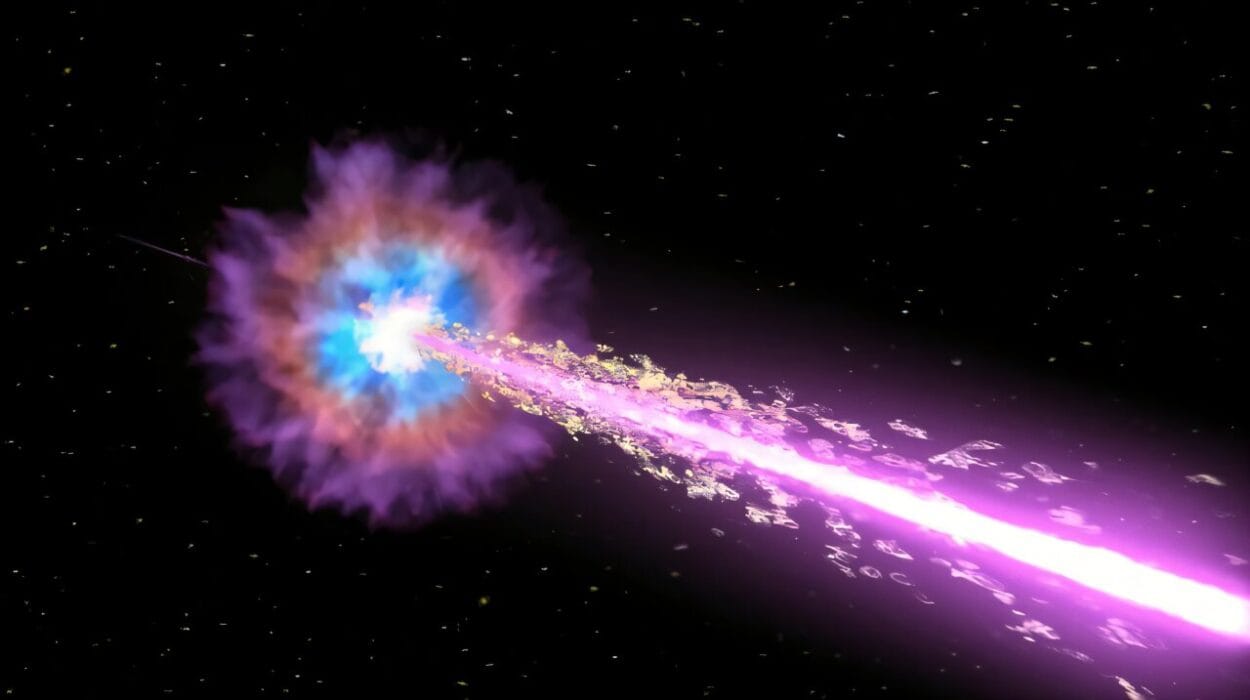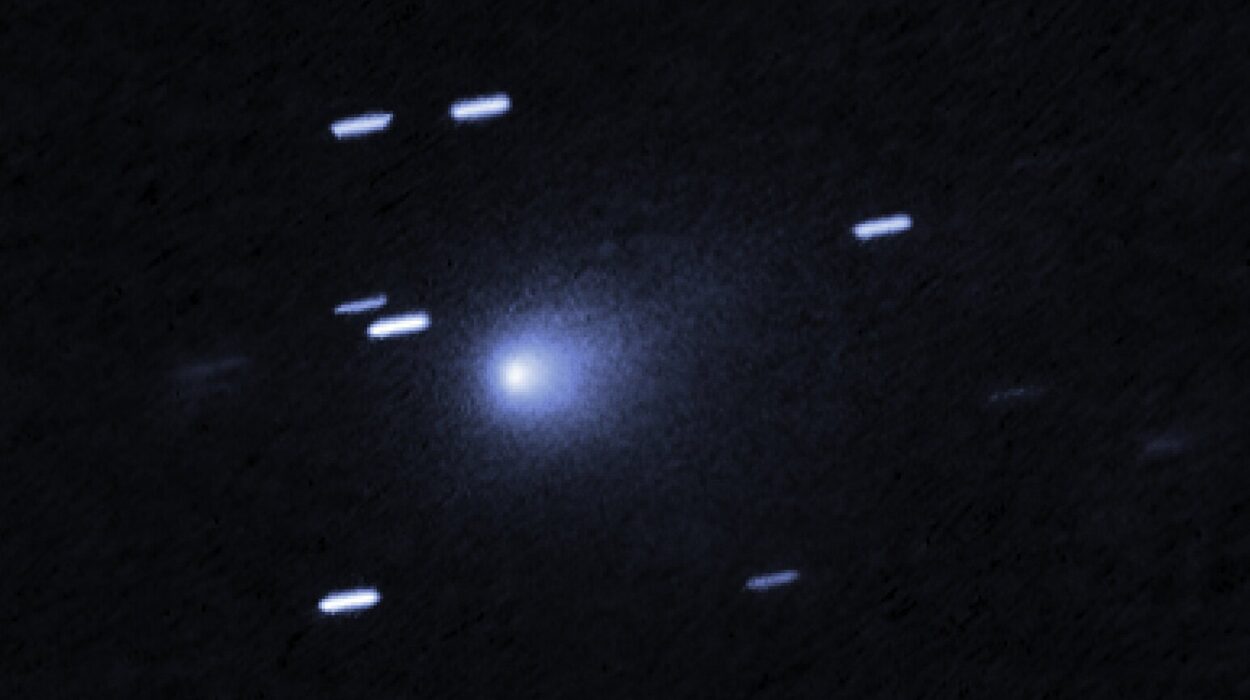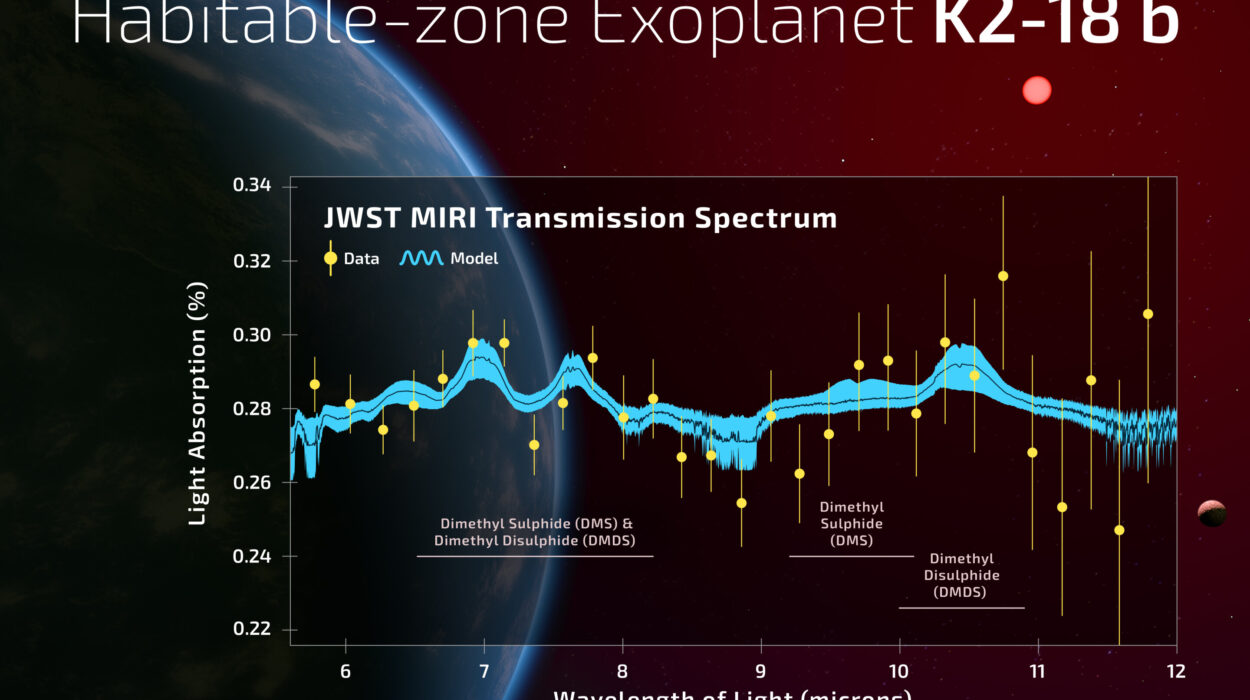In a universe where the lives of stars are usually measured in billions of years and predictable deaths, a rare cosmic event has left behind a glowing ember that defies expectations. Using the keen ultraviolet vision of the Hubble Space Telescope, astronomers at the University of Warwick have uncovered compelling evidence that a nearby white dwarf—WD 0525+526—is not the remnant of a single star, but a unique product of two stars that collided and merged into one.
This extraordinary discovery, published in Nature Astronomy, offers a rare glimpse into what happens when two stars unite in a fiery and violent embrace, producing a stellar corpse unlike anything typically seen. And it’s not just another white dwarf—it’s ultra-massive, hotter than most stars, and quietly leaking the secrets of its origin into the ultraviolet sky.
What Are White Dwarfs, and Why Is This One So Strange?
White dwarfs are what stars like our Sun become at the end of their lives—dense, hot remnants that no longer undergo nuclear fusion but glow from stored thermal energy. These dead stars are typically about the size of Earth but pack in roughly half the Sun’s mass. They are composed mostly of carbon and oxygen, cloaked in layers of hydrogen and helium that prevent heavier elements from surfacing.
But WD 0525+526—located just 130 light-years away—is anything but typical. At 1.2 times the mass of the Sun, it falls into a rare category of “ultra-massive” white dwarfs. What makes it stranger still is the presence of carbon in its atmosphere, something that should be deeply buried beneath thick envelopes of hydrogen and helium.
In optical light, WD 0525+526 appears unremarkable—a heavy, white-hot dwarf among many. But in ultraviolet light, a different story emerges.
Ultraviolet Vision Exposes a Star’s Hidden Past
Dr. Snehalata Sahu, lead author and Research Fellow at the University of Warwick, explained how Hubble’s ultraviolet observations cracked the mystery open.
“In optical light, WD 0525+526 looks like a heavy but otherwise ordinary white dwarf,” she said. “However, through ultraviolet observations obtained with Hubble, we were able to detect faint carbon signatures that were not visible to optical telescopes.”
These faint traces of carbon rising to the surface are a signature calling card of a stellar merger. Normally, carbon remains buried in the star’s interior, sealed off by thick outer layers. But something had stripped those layers away on WD 0525+526—an extraordinary event that left it exposed and vulnerable in ways white dwarfs are not supposed to be.
The evidence points strongly toward a cosmic collision: a pair of white dwarfs orbiting each other in a tight binary system, slowly spiraling together over time due to gravitational wave emission until they finally merged into one massive object.
The Smoking Gun: A Star with a Bare Skin
Antoine Bédard, Warwick Prize Fellow and co-first author, revealed what set WD 0525+526 apart from any other white dwarf ever studied.
“We measured the hydrogen and helium layers to be ten-billion times thinner than in typical white dwarfs. We think these layers were stripped away in the merger, and this is what now allows carbon to appear on the surface,” Bédard said.
It’s a stellar shell shock. The collision of two white dwarfs would release intense heat, possibly vaporizing much of their outer hydrogen and helium layers. What remains is a single star with a nearly naked carbon-oxygen core—its inner workings exposed far earlier than usual in its cooling life.
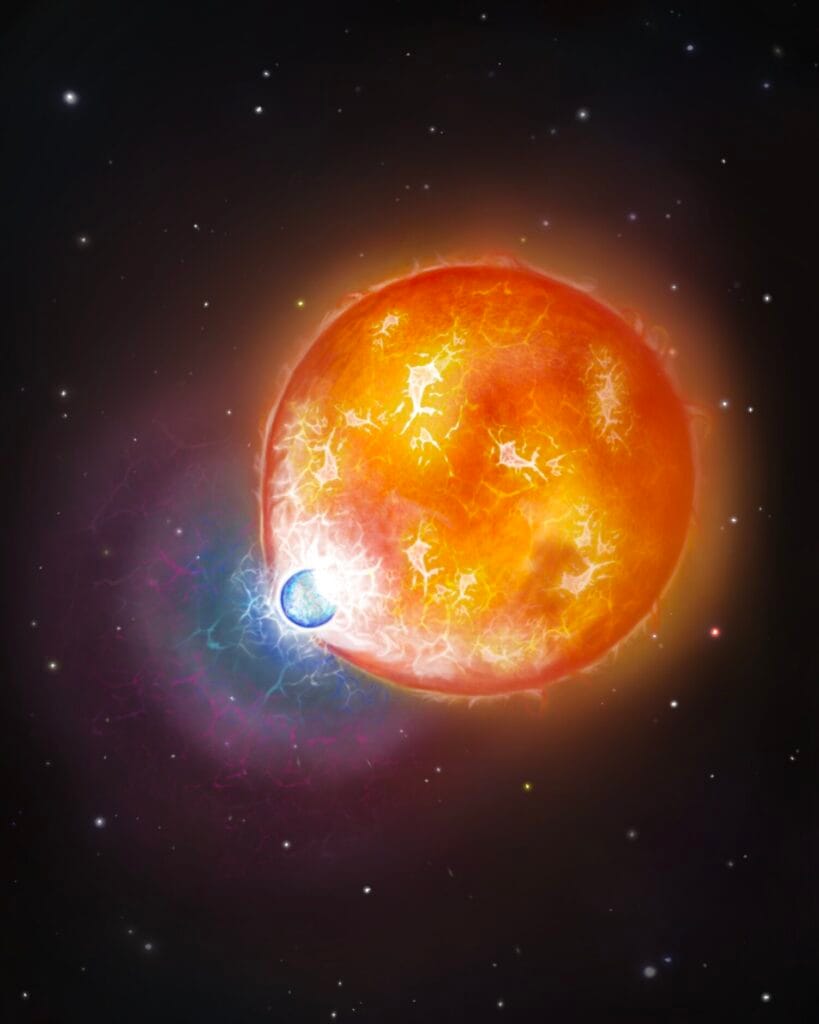
Yet this remnant has only a whisper of carbon at its surface—100,000 times less than in other known white dwarf mergers. Its surface is also blisteringly hot—about four times hotter than our Sun. Together, these clues reveal something profound: this is the youngest stellar merger remnant ever detected.
A New Kind of Stellar Detective Work
White dwarfs formed from mergers are not unknown—but they’re notoriously hard to find. That’s because they often look identical to normal white dwarfs in visible light, hiding their chaotic past behind a calm surface. WD 0525+526 changes the game.
Thanks to Hubble’s ultraviolet spectroscopy, astronomers could see what Earth-based telescopes cannot. Our planet’s atmosphere blocks most ultraviolet light, which means the fingerprints of elements like carbon in hot white dwarfs can only be observed from space.
“Finding clear evidence of mergers in individual white dwarfs is rare,” said Professor Boris Gänsicke, who obtained the crucial Hubble data for the study. “Ultraviolet spectroscopy gives us the ability to detect these signs early, when the carbon is still invisible at optical wavelengths.”
In this case, the carbon is not being stirred to the surface through convection—a process that only kicks in when a star cools significantly. WD 0525+526 is still too hot for convection. Instead, a more subtle mechanism is at work: semiconvection.
Semiconvection is a slow and delicate mixing process that occurs in stellar interiors, previously seen in models but rarely identified observationally. For the first time, this elusive process is being used to explain carbon’s appearance in a white dwarf atmosphere.
What This Star Tells Us About Stellar Evolution—and Our Future
This discovery is more than a stellar oddity—it’s a window into the violent future of some star systems, including perhaps our own distant descendants. Binary systems, where two stars orbit each other, are common in the universe. Over time, many of them may evolve into white dwarfs and eventually merge.
Understanding these mergers is critical, not only because they create ultra-massive white dwarfs, but because they may also lead to spectacular events like Type Ia supernovae—massive explosions that serve as cosmic mile markers for measuring the expansion of the universe.
“WD 0525+526 is a key missing link,” said Bédard. “It’s young, it’s massive, and it’s revealing how binary stars die—and what kind of stellar remnants they leave behind.”
This finding allows astronomers to better understand the life cycles of binary systems, the physics of stellar mergers, and the strange diversity of white dwarfs populating our galactic neighborhood.
Hubble’s Role—and the Need for a Successor
Hubble Space Telescope, now in its 35th year of service, continues to deliver revelations despite its age. Its ultraviolet instruments remain the best tools we have for detecting faint carbon in hot stellar atmospheres. But this discovery also serves as a wake-up call.
“These observations must be carried out from space, and currently only Hubble can do this job,” Gänsicke emphasized. “It is very important that we start planning for a new space telescope that will eventually replace it.”
As astronomers look to the future, with missions like the proposed LUVOIR (Large UV Optical Infrared Surveyor) on the horizon, the torch of ultraviolet astronomy must not be allowed to go out.
A Glimpse into a Cosmic Collision, Frozen in Light
WD 0525+526 is more than just a white dwarf—it’s a survivor of a cataclysm. It carries within it the memory of two stars whose lives ended in a shared and fiery finale. Its ultraviolet glow offers us a glimpse into the very moment when those stars became one.
Over time, as it cools, more carbon is expected to rise to the surface, gradually telling a fuller story. But already, this single star has transformed what we know about stellar death and rebirth.
It is a haunting reminder that even in the universe’s most quiet corners, violence and beauty often go hand in hand. And sometimes, when the smoke clears, what remains is not chaos—but a new kind of order, written in starlight.
More information: A hot white dwarf merger remnant revealed by an ultraviolet detection of carbon, Nature Astronomy (2025). DOI: 10.1038/s41550-025-02590-y
